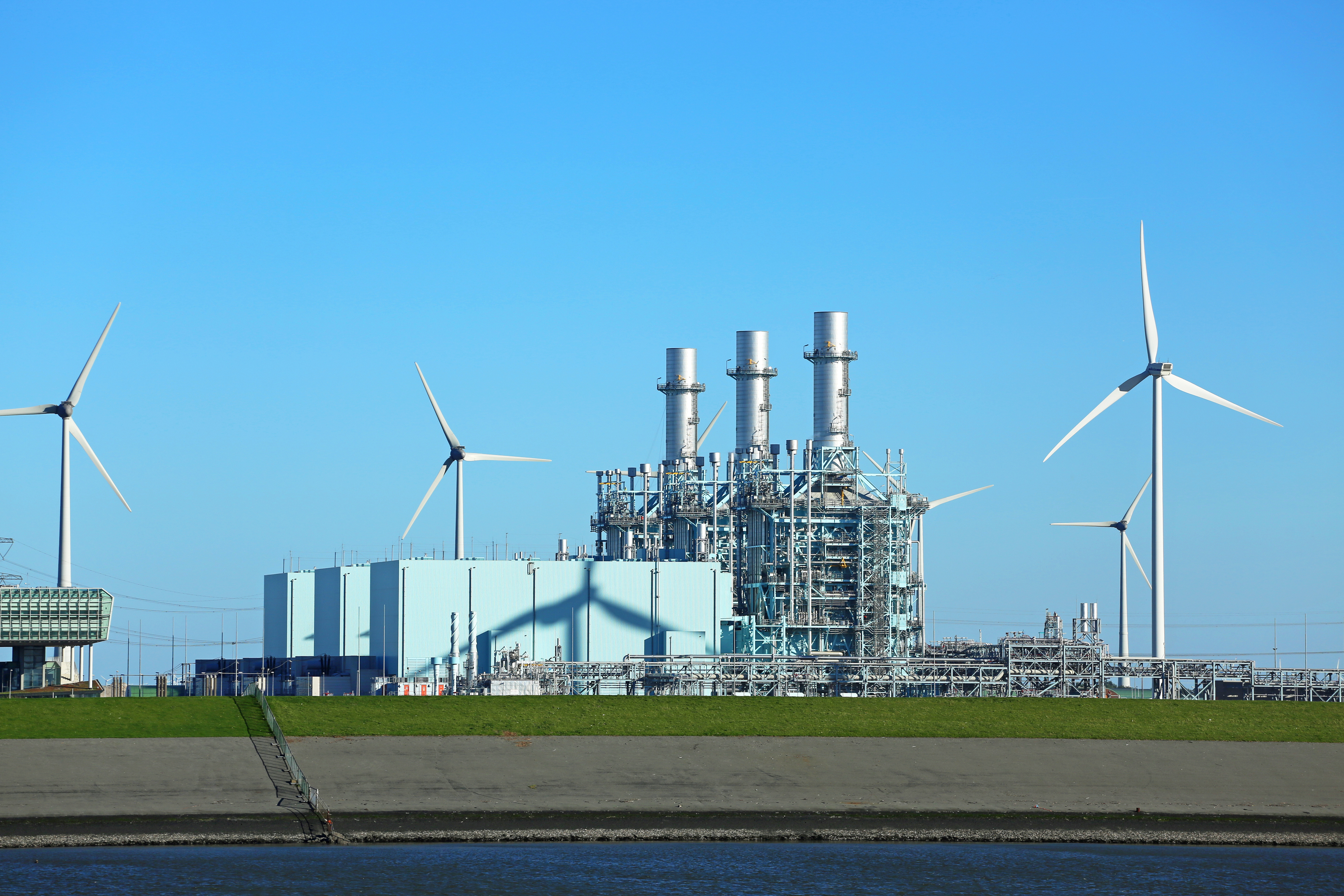The electricity transition in the Netherlands is moving forward at high speed, and that is good news. The growth acceleration of offshore wind, now on its way to 21 GW by 2031, was based on new, substantially higher estimates of electricity demand in 2030. Part of the extra electricity is for the production of green hydrogen, but the direct electricity demand will increase strongly as well, by 40% compared to the assumptions in the Climate Agreement (2019), mostly due to electrification of industrial processes and transport.
This will also increase electricity demand peaks. In its recent report on security of supply, electricity TSO TenneT concludes that the peaks grow roughly proportional to direct consumption. That would mean that the peak grows by almost 8 GW in the coming seven years, from slightly more than 19 GW now to around 27 GW by 2030.
At the same time, the available dispatchable generation capacity, essential in multi-day periods with very little wind and sun, will go down. Out of the current 24 GW, only 16-18 GW will remain in 2030, due to the closing of the coal-fired power plants and, according to the TenneT report, some of the existing gas-fired power plants as well. While our current dispatchable capacity is still 25% above the highest demand peak, this will turn around in seven years’ time to a capacity that’s 35-40% below the peak in electricity demand.
The future demand peak of 27 GW can coincide with a low production from solar and wind power, for example in windless winter weeks. That means that the peak in ‘residual demand’ – the part that has to come from other sources – will not be much lower. For its analysis, TenneT did model calculations for a large number of ‘weather years’, and in some of those, such a high residual demand continues for days. So, in addition to the remaining dispatchable capacity – and a bit of wind and solar – around 10 GW will be needed from other sources. In the TenneT scenarios this is mostly from batteries and imports.
For the batteries, TenneT assumes 10-13 GW installed capacity in the Netherlands by 2030. At the moment, there’s only 0.1-0.2 GW, so that would take a growth by a factor of 50-100 in the coming seven years. TenneT bases the future capacity in part on applications for connection capacity by market parties, and adds that actual construction is uncertain. Furthermore, batteries, and demand response (with a modest role in the 2030 scenarios), are of little help when shortages continue for a multiple days.
In TenneT’s model calculations, the remaining gap is closed by electricity imports. In the now outdated Climate Agreement scenario this provides around 2.1 GW in hours with a domestic shortage. In neighbouring countries, however, the electricity transition is accelerating as well, and they too are increasing their projections for 2030 demand. Since last year’s analysis, TenneT added 12% demand for Germany, 10% for France, and 7% for Belgium. And just like in the Netherlands, the share of solar and wind increases in these countries, and existing dispatchable capacity decreases, not least by the planned shutdown of 17 GW of coal-fired power plants in Germany, perhaps already around 2030. Much is expected from Norwegian hydropower, but that has its limits too.
So if we don’t watch out, we’ll rapidly make the resolving a growing gap between demand peak and domestic supply in the Netherlands dependent on a large and uncertain increase in battery capacity and on imports from countries that just now are changing their forecasts drastically too. This while at the same time, electrification in industry, transport, and heating rapidly makes us more dependent on a reliable electricity supply.
For a robust system, it seems wise to start working on our dispatchable capacity in the Netherlands, already around 2030. In any case, existing industrial cogeneration plans should be kept available to the system, even when the industry doesn’t need the heat from those anymore. On top of that, building new capacity seems inevitable. Gas-fired power plants are the most logical candidate for that: the investment cost per unit of capacity is modest, and their flexibility is high. Because solar and wind take over an increasing share of electricity production, the gas consumption will not be very high, and of course, new power plants should be able to run on hydrogen as soon as enough of that is available.
If we still want to build a substantial capacity of gas-fired power plants before 2030, we should start working on that soon, on various fronts. Firstly, the number of operating hours that new capacity would make is very uncertain, due to the rapid developments in the electricity market. That makes it risky for investors to step in. Given the high societal value of a robust electricity supply, the government could take over part of the risk, reducing the cost of financing at the same time. For instance by creating a capacity market, which pays for keeping power generation capacity available. But the physical preparations already need attention too; seven years from initiative to commissioning is not a lot for big gas-fired power plants. In any case, the locations and grid connections should be arranged soon, e.g. at the sites of the coal-fired power plants that will shut down latest by 2030.
Edit: I deleted an example from Germany, because I was informed that the news about that was incorrect

Shape common futures together with us
Get in contact